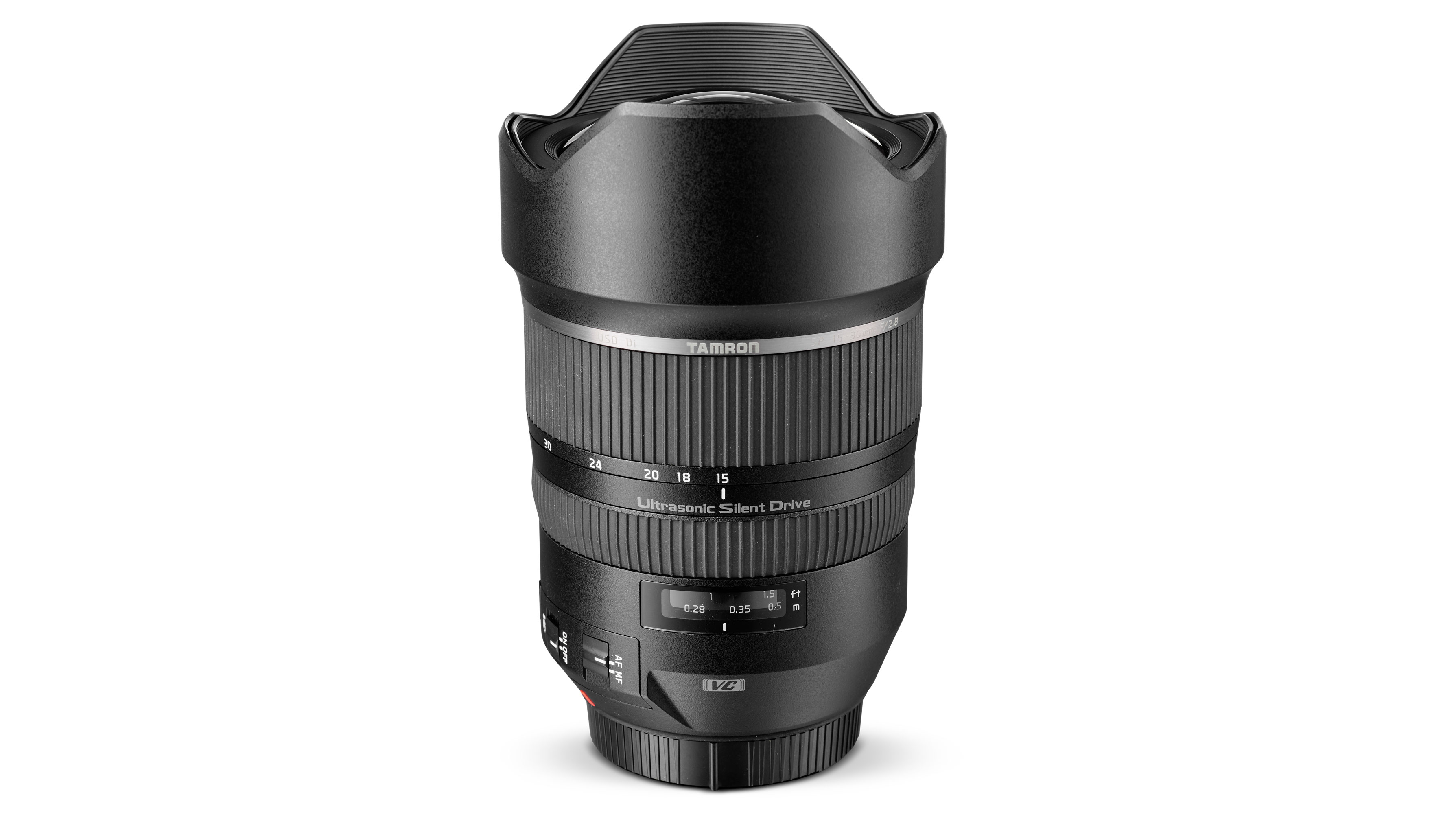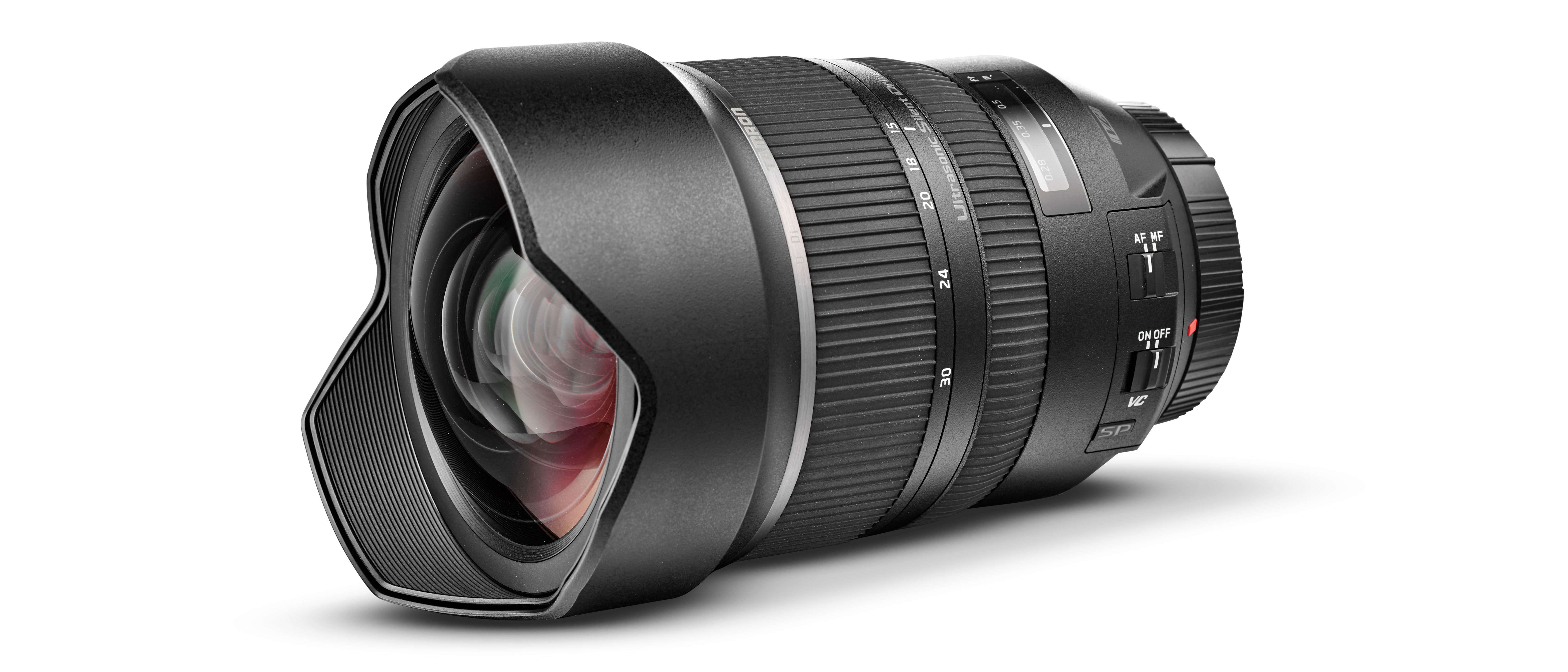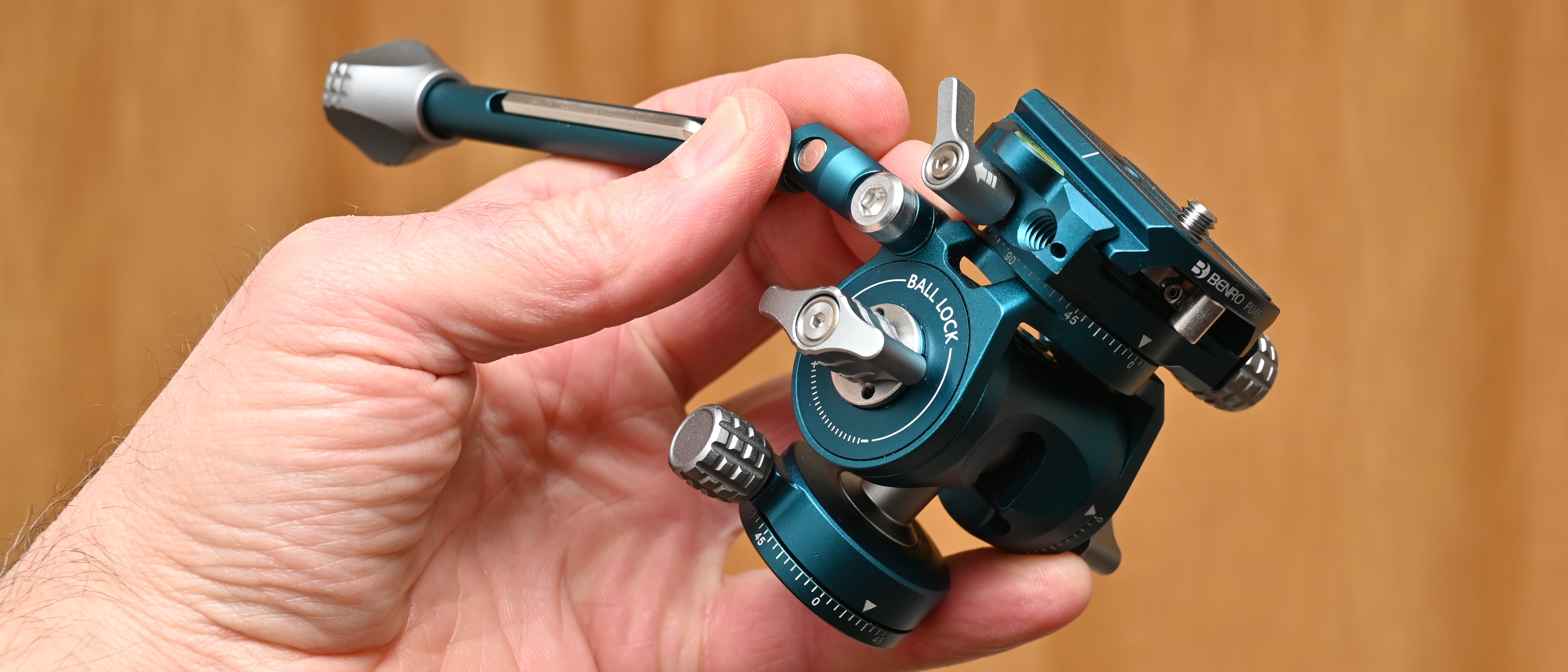Digital Camera World Verdict
represents a great middle ground choice between something like the Canon 16-35mm and Sigma 14-24mm lenses. Well-built and weather-sealed, with an optical stabiliser and constant f/2.8 aperture to boot, this lens will give you practically everything you need in all sorts of shooting situations.
Pros
- +
Constant f/2.8 aperture
- +
Fast, high-torque autofocus
- +
Handles with smooth precision
Cons
- -
Some sharpness issues when wide open
Why you can trust Digital Camera World
With a maximum angle of view midway between that of the Canon 16-35mm and Sigma 14-24mm lenses, the Tamron SP 15-30mm f/2.8 Di VC USD is the best of both worlds in a lot of ways. It combines the fast and constant f/2.8 aperture of the Sigma and the added bonus of optical stabilisation as featured in the Canon. All this makes for a solid compromise, made better by the Tamron’s up-market build quality and handling, and a construction that’s complete with weather-seals and a fluorine coating on the front element.
One drawback with the Tamron lens compared with the Canon is it’s nearly twice the weight. However, it’s a touch lighter than both the Sigma full-frame lens. The zoom and focus rings work with smooth precision, with the focus ring placed near the rear of the lens, and there’s a focus distance scale to help with accuracy.
High-quality optics in the lens’s internal construction include a specially developed XGM (eXpanded Glass Molded Aspherical) element and several LD (Low Dispersion) elements. Ghosting and flare are a constant danger with this type of lens but the Tamron fights back with two types of conventional and nano-structure coatings.

Performance
Sharpness across the frame isn’t as impressive as from the Sigma 14-24mm lens when shooting wide-open, according to our in-house lab tests. However, if you reduce the aperture by a single stop to f/4, the Tamron draws level and gives better edge and corner-sharpness than the Canon 16-35mm and Sigma 12-24mm lenses. Overall, it’s a great lens for the price and is the top choice if you want that double-hit of a fast aperture with optical stabilisation to provide a four-stop advantage.
The lens has a built-in hood, though a Lee Filters adapter is available if you want to hook it up with some filter action. The ring-type ultrasonic autofocus system is built to be super-fast, with impressive high-torque specs, giving this lens real versatility in a variety of shooting situations.
Read more:
Matthew Richards is a photographer and journalist who has spent years using and reviewing all manner of photo gear. He is Digital Camera World's principal lens reviewer – and has tested more primes and zooms than most people have had hot dinners!
His expertise with equipment doesn’t end there, though. He is also an encyclopedia when it comes to all manner of cameras, camera holsters and bags, flashguns, tripods and heads, printers, papers and inks, and just about anything imaging-related.
In an earlier life he was a broadcast engineer at the BBC, as well as a former editor of PC Guide.


